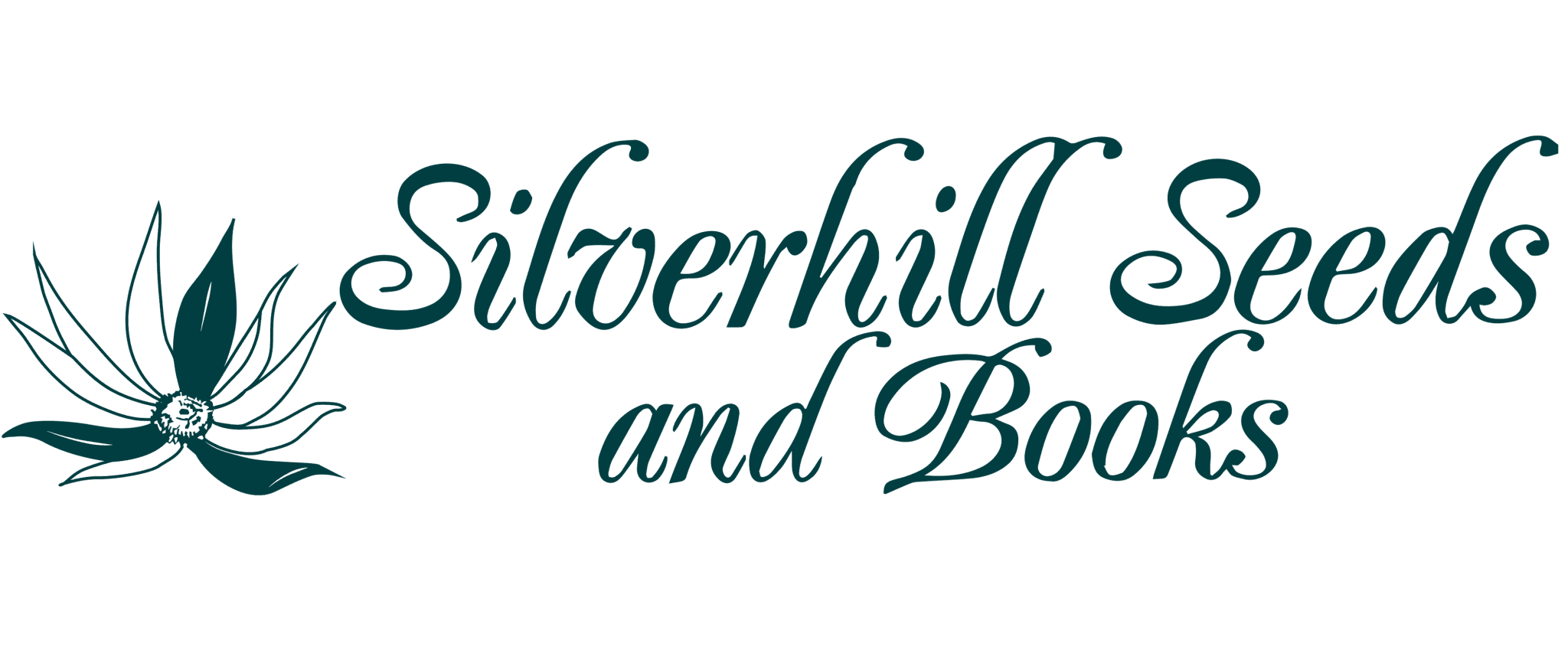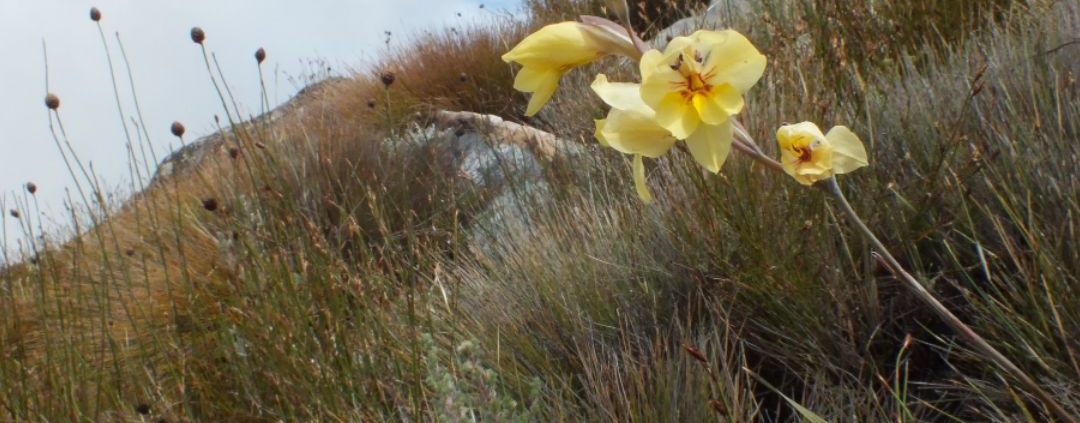From The Archives: Newsletter January 2014
Newsletter January 2014
Dear Customer
It has been 2 years since our last newsletter – we apologise for this, but we simply forgot to write one!
Fortunately since the last newsletter there has been an upturn in business and we have had 2 busy years. The local nursery industry is still pretty much in the doldrums, and much of our local business is from private individuals rather than from nurseries.
Our Gladiolus project is still on going, and we have now found and photographed 136 of the 169 species. Of course the last 33 species are all difficult to find – many are rare and are only known from 1 or perhaps 2 localities. A week ago we mounted an expedition to the high Cederberg mountains to find the little known Gladiolus delpierrei. There was a single collection made about 20 years ago, and to the best of our knowledge, it has not been collected or seen since then. The conservation officer in the Cederberg was also keen to find this plant, and he had visited the area on 3 previous occasions, but had not found it. Armed with a photograph of the site and some detailed instructions on the locality of the plant, we set off using a little used and very rough 4 wheel drive track for about half the distance, to save time and gain altitude. At the end of the road we set off along a path and after about 2 to 3 hours of walking, reached the neck just below the summit where the plant was last seen. We all spread out and began to search the slope meter by meter. After about 20 minutes of searching, there was a wild yell from someone, and there it was! What a beautiful little gem it is – a soft yellow colour with the most beautiful red streaks inside the throat. Eventually we found about 30 plants in flower and we spent almost 2 hours photographing them from every angle. The mountain was covered in mist so the light changed as the mist came and went, and we landed up with some lovely pictures in soft light. What an adrenaline rush – we were all delighted to find it.
In March we are traveling northwards to look for 6 lesser known species from the summer rainfall area, mainly from around Pietersburg. Finding these species is quite a hit and miss operation as one can never be certain when the plants will be flowering. There are so many variables including the amount of rain, how early or late did the rain start, how long is it since the last fire, etc etc, so when we arrive at a a site and find plants in flower, we feel a huge amount of satisfaction. We are trying to get to the end of the 169 species by he beginning of next year, but whether we will achieve that or not we are not sure.
The weather in the Cape has been and we had good winter rains. However we had a totally dry period of about 5 weeks in June and July, followed by heavy rain right up until November. The early flowering bulbous plants did not like this, and most didn’t flower. However, the later flowering species responded by flowering well. At present there has been severe flooding in the southern Cape and southern Karoo with many farms and roads washed away. Climate change is no myth!
Sadly since our last newsletter, Denise, whom you may have had dealings with, has passed away after a battle with cancer. Otherwise our staff situation is much the same as it was. Rachel’s mum, at 95, is still working for us every day. Ondine’s children are now teenagers, and we all know what that means! Darkie now works from home at Stellenbosch, and we visit her once a week to collect sorted seeds from her, and take her bags of unsorted Protea seeds.
Recently a number of new botanical publications have made their appearance on our shelves. Botanists have now taken a less blinkered view of the Cape flora and it now encompasses the entire winter rainfall region and not just the SW Cape. The books entitled “Plants of the greater Cape floristic region” are in 2 volumes – one covering the “core Cape flora” and the 2nd volume covering “The extra Cape Flora”.
The last year also saw the publication of Bill Liltvedt’s 2 volume book on the Cape orchids. The books are magnificent and this was a monumental undertaking.
Other books recently published include
“The genus Lachenalia” by Graham Duncan,
“Field guide to South African ferns by
Wild Flowers of the Magaliesberg
South African flowering trees
Field Guide to the Central Highlands of Namibia
And a practical book on Protea cultivation called “ Protea Cultivation – from Concept to Carton” by
The past 18 months have seen our cat number reduced and we are now a one cat family! But hopefully this will not last long as later in the year we hope to acquire some new kittens. Nanuk, our beautiful Somali, grew up to be a most gorgeous cat and endeared himself to all who knew him. His one fault was his sense of adventure and he ranged far and wide in the neighbourhood. All of us were devastated when he was hit and killed by a train a couple of months ago.
Finally, our house is in turmoil at present. We are replacing our floors in the kitchen and dining room (which are collapsing after almost 100 years of use!), and we are removing walls to make our kitchen and dining room open plan. All our books and furniture from those rooms are in other parts of the house, and we have relocated our kitchen to the garage! We have an outdoor sink with hot water for washing dishes, a gas stove and microwave for cooking, our fridge is in our seedroom, and we eat outside in the garden. It all works so well that we are wondering why we are re-doing the kitchen! But I am sure that after living like this for 3 months, we will be more than ready to move back into the house. And then we can find some new kittens!
Best wishes
Rod and Rachel Saunders



